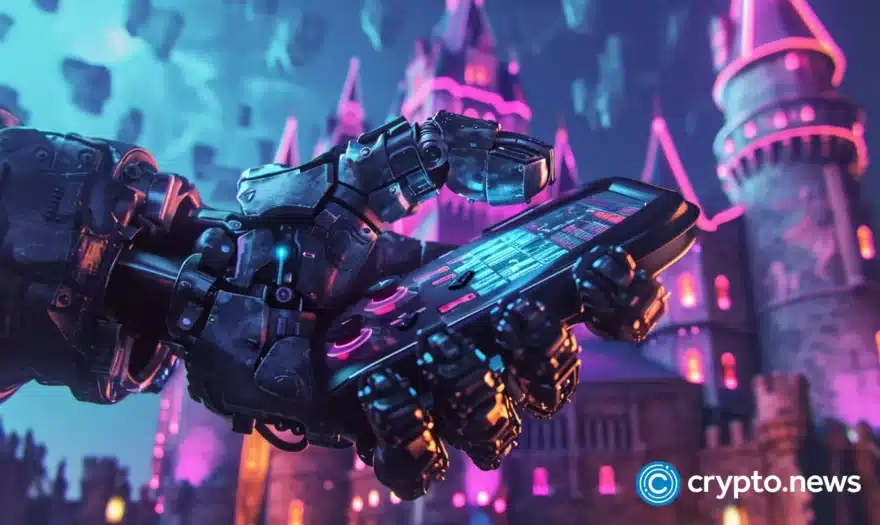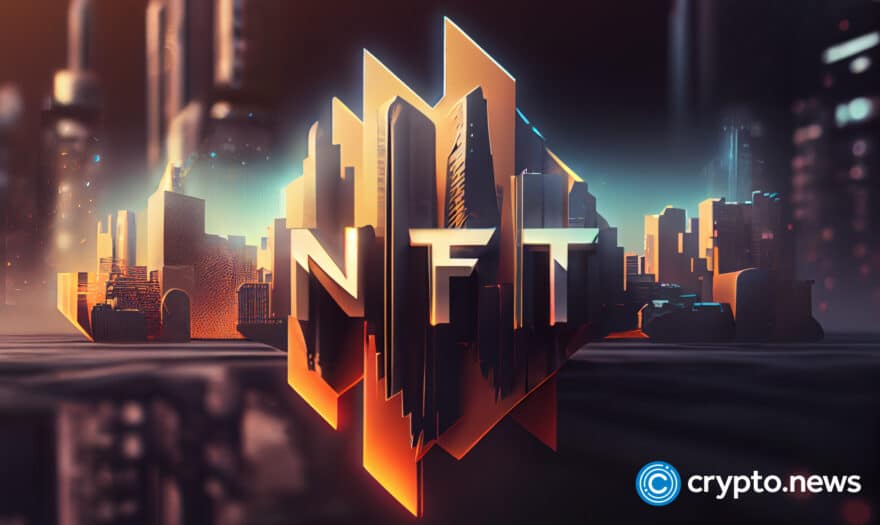What Is Web3? A Beginner’s Guide to the Decentralized Internet
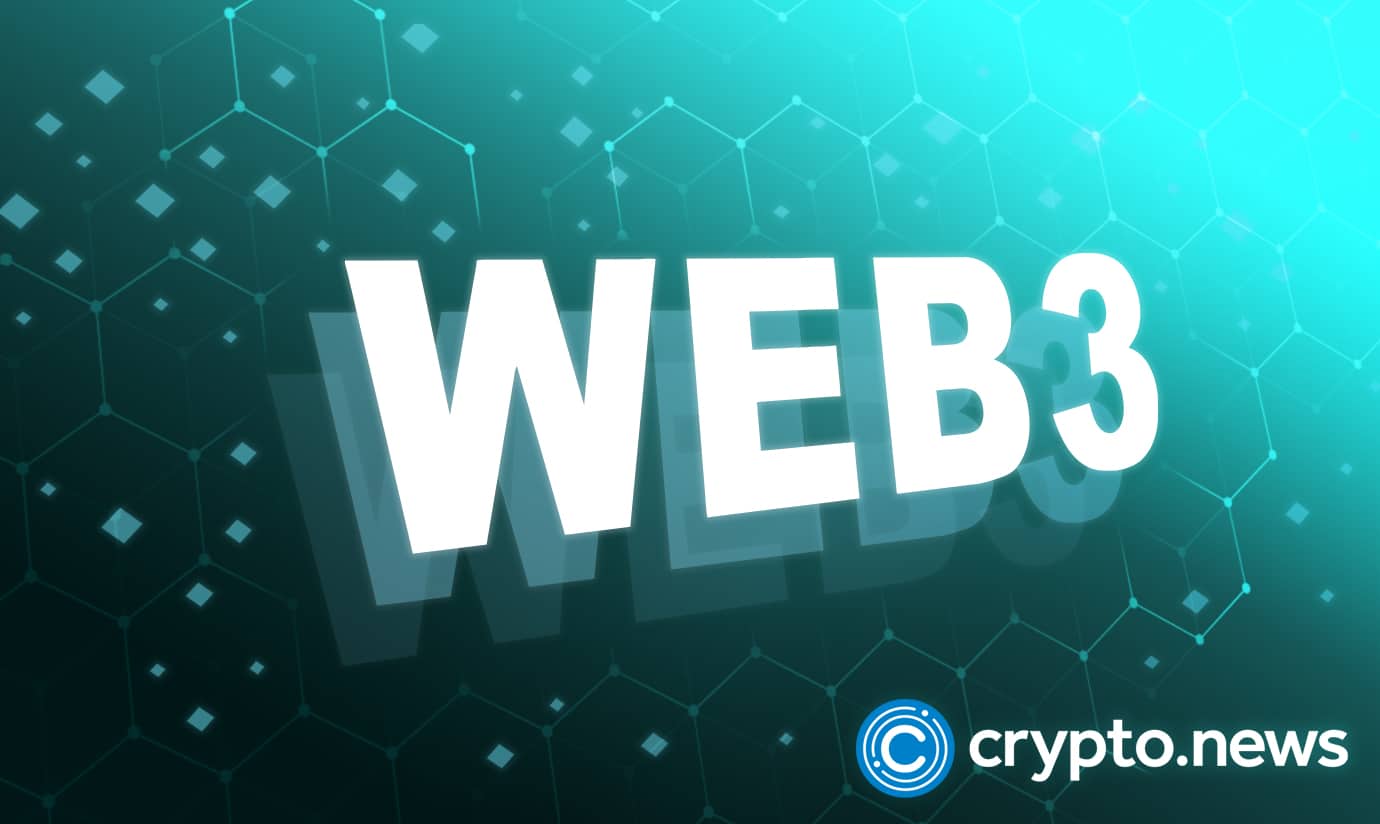
The progression of technology and how it affects our lives are constantly evolving. Right now, a new chapter is unfolding, known as Web3, which is a new approach to the internet that aims to create a more community-driven and user-owned digital experience. Read on to learn what Web3 is, how it differs from previous iterations of the internet, and what the role blockchain technology will play in its creation.
What Is Web3?
Web3 or web 3.0 can be defined as a decentralized, interoperable, permissionless, and sovereign form of the internet built on blockchain technology.
The term ‘Web3’, was first mentioned by Ethereum co-founder Gavin Wood in 2014. In his Medium blog post which he wrote four years later, Gavin explains how he envisioned Web3 as a ‘grown up’ version of the current internet (Web2) where instead of operations on the web being run by major corporations, the power is given back to individual users through decentralization – one of Web3’s defining characteristics.
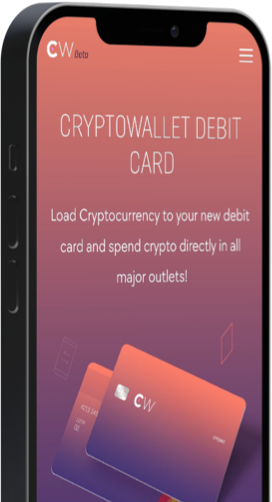
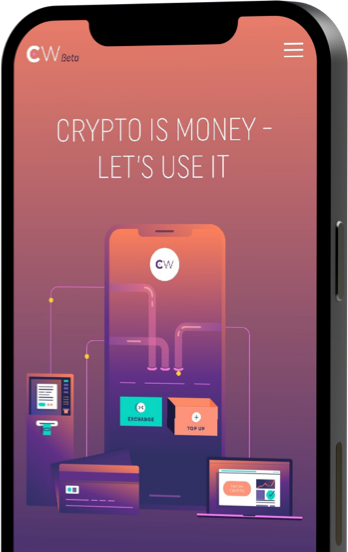 Sign up today
Sign up today
From Web 1.0 to Web 3.0: The Transformation of the Internet
The earliest form of the internet, also known as Web 1.0, was created in the late 1970s to mid-80s after a project by the US Defence on creating protocols that would allow computers to communicate with each other. This version of the internet was also surprisingly, decentralized. Decentralization was facilitated by open protocols/commands, which were not owned by any centralized authority and anyone could build on them.
Other than decentralization, Web 1.0 had other functional characteristics like being ‘read-only’. Users could only view pages – kind of like pages in a book – without being able to interact with the page, like make a comment, or ask a question on a company’s website.
Then came Web 2.0. By this time, technology had advanced, and users could now interact and contribute to the internet in many ways. Web 2.0 gave users the power to use the internet to create whatever they want. And today, we can see that a big part of the internet is made from user-generated content, and we can interact with sites and programs by commenting, making purchases, and so on.
On the flipside, decentralization had slowly been phased out since few companies, especially those that built the main operational functions of Web 2.0, have the most control of data.
Web 3.0 seeks to give this control back to people through the one characteristic that the original web, Web 1.0 has with Web 3.0: decentralization.
Decentralization in Web3 refers to how instead of having all the world’s data being stored in one server, or a few servers, data can be stored on distributed, user-owned, and operated networks built on blockchains. These networks will have distributed nodes/devices in different places, all being independently run by individuals.
The result of this will be that instead of having one company, cooperation, or country having a large amount of control on how data is used or distributed, the distributed nodes will allow people to store, receive, and spread data without the control of a third party.
Another important characteristic of Web3 that makes it different from Web2 and Web1 is that it promises more sovereignty. Individuals will be in charge of how they will be sharing their data, their online identity, and more.
The use of digital wallets and cryptocurrencies when accessing sites and information on Web3 gives the possibility of anonymity and makes sure that only you can access your data since only you will have the keys to your identity.
Lastly, Web3 promises interoperability. This means that people will be using their wallet addresses and identities to transact and access different apps of their choice built on different blockchains. Interoperability also holds the potential to allow anyone from anywhere in the world to use the internet without barriers or restrictions.
Crypto, NFTs, and DAOs: What’s Shaping Web 3?
For Web 3 to function properly, several elements have emerged that are shaping this new version of the internet, namely DAOS, NFTs, and cryptocurrencies.
Decentralized Autonomous Organizations (DAOs) are essentially governing bodies for distributed crypto networks. They help to ensure that governing ‘power’ is distributed and does not only belong to one person who can make executive decisions.
Whenever a decision is needed to be made for instance on a Web3 blockchain, let’s say there needs to be a change in the blockchain’s code or payment needs to be made, the DAO is consulted, and each member is given the opportunity to vote. If all (or a majority of) members agree, a smart contract is executed and the change or payment can be made. If members don’t agree, changes can be made. DAOs can be effective in Web3 by increasing accountability and transparency across the networks.
Another element that is set to shape Web 3.0 is non-fungible tokens (NFTs). While NFTs have gained the reputation of being the solution to many artists’ dilemmas of digital ownership and monetization, they have also been seen as a solution to proving ownership in many industries.
Since NFTs cannot be replicated, they are poised to play a role in proving digital asset ownership in Web3. In this case, it would be easier to track the use of your NFTs, whether it be music, artworks, or even contractual agreements such as title deeds.
Lastly, we look at the role of digital currencies and tokens in Web3. As crypto assets are used as a medium of exchange in the blockchain realm, they will also play a role in how transactions work in Web3. Web3 users will be able to make faster payments from wherever they are since cryptocurrencies can be accessed from anywhere in the world.
Pros & Cons of Web 3.0
While Web 3.0 is still in its ‘infant’ stage, there has already been a lot of speculation on how it will change how we interact with the internet; for better or worse.
Let’s take a look at some of the benefits and potential drawbacks of the “new internet.”
| Pros | Cons |
| Less data control by cooperations and entities due to decentralization. | There can be a risk of early adopter companies creating a majority of protocols and controlling a big part of Web3, therefore, going against the goal of decentralization. |
| A more personalized internet experience. | It could become harder to regulate illegal content that’s shared on the internet. |
| Brings value to digital assets like NFTs. | It may become easier to find personalized data when public blockchains are used. |
| No need for intermediaries to ensure a transaction is completed because of the existence of smart contracts Web 3. |
Web3 is still in its humble beginnings but there is a wave of well-funded blockchain ventures spearheading this movement, with the aim to create a more decentralized, community-controlled, and user-owned internet. While we can’t say with certainty what the future of the internet will look like, it will most likely have at least some aspects of what Web3 entrepreneurs and proponents are working towards.
FAQs
What is Web 3.0?
Web 3.0 – also referred to as Web3 – is what proponents believe will be the next version of the internet that will operate on decentralized blockchains with the aim to take power away from centralized technology giants and give it back to the users.
When Will Web3 Become the New Internet Standard?
It’s difficult to say when (or even if) the internet will move away from its current, heavily centralized iteration to the much-anticipated, more decentralized Web3 version of the internet.
Given that the technology companies that currently own and operate much of the internet are unlikely to give away their market positions, it’s unlikely that Web3 will become the standard in the coming years.


